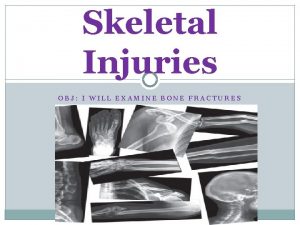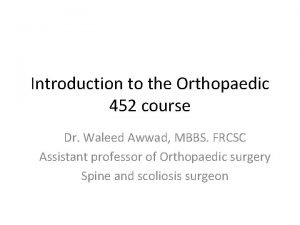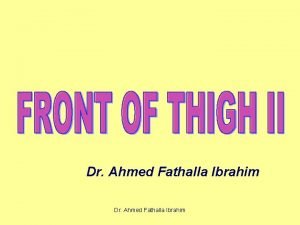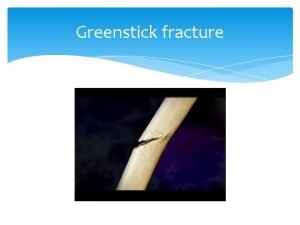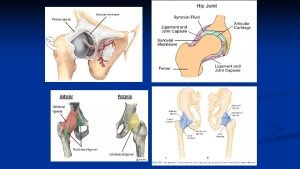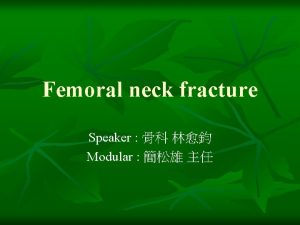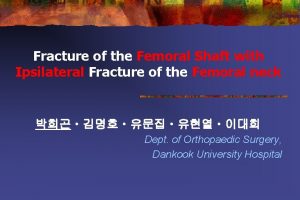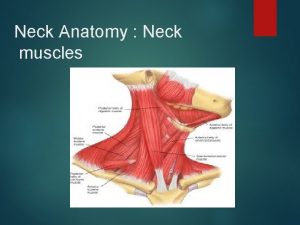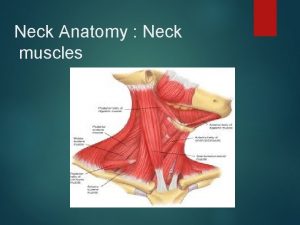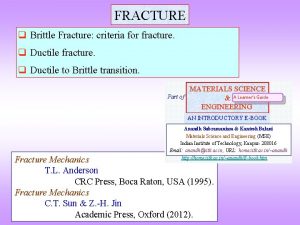Displaced femoral neck fracture in 60 years old









- Slides: 9


Displaced femoral neck fracture in 60 years old patient Dr. Behnam Haghpanah M. D Azad University

• The choice of implant and operation is largely dependent on the patients physiologic age. • Patients with displaced femoral neck fracture who are older are best treated with hemiarthroplasty or total hip arthroplasty. • Younger patients are treated with internal fixation after close reduction. • Close reduction should not be forceful and should try for one or two time. • For sometime, older patients with displaced femoral neck fractures have been treated with hemiartheraplasty

• Recent data from several studies indicate that many community ambulatories may be better treated with total hip arthroplasty than with hemi arthroplasty • Possible exceptions for operative treatment include: 1) Stress fracture on the compression side of femoral neck 2) Femoral neck fracture in patients who are non ambulatory

• Screw configuration influence the occurrence of sub trochanteric femoral fracture. • Those fixed with apex–distal configuration exhibited a greater load to failure than those fixed with an apex–proximal configuration. • Washers are used because their use has been suggested to reduce the risk of failure • If satisfactory close reduction can not be obtained in younger patients open reduction is indicated. • If satisfactory close reduction can not be obtained in elderly patients arthroplasty is indicated.

• An inadequate closed reduction must not be accepted • An open reduction can be done though either a Watson Jones approach or a modified Smith Peterson approach. That is more better for sub capital or transcervical femoral neck fractures. • In the treatment of unstable basicervical femoral neck fractures a compression hip screw coupled with a derotational screw is stronger than three cannulated screw

• Proximal femoral locking plates used for femoral neck fractures with significant comminution to maintain femoral neck length • Femoral neck shortening negatively impacts functional outcome. • In older patients, after reduction has been obtained, partially threaded cannulated screws can be placed for compression across the fracture site, once adequate compression is achieved the cannulated screws are replaced one by one with fully threaded screws with washers

• Femoral neck nonunion, malunion and osteo necrosis in elderly patients can be treated with total hip arthroplasty • THA yields the best functional results in patients with displaced femoral neck fractures and allowing full weight bearing. • Bipolar hip arthroplasty cannot restorate neither anatomical nor biomechanical features of the hip joint. • Therefore it can be recommended fro patients with low functional demands and limited life expectancy

• The choice of surgical intervention depends on multiple factors: – Type and severity of the fracture – Preference of the orthopedic surgeon – Physiologic age of the patient – Comorbid conditions – Prognosis
